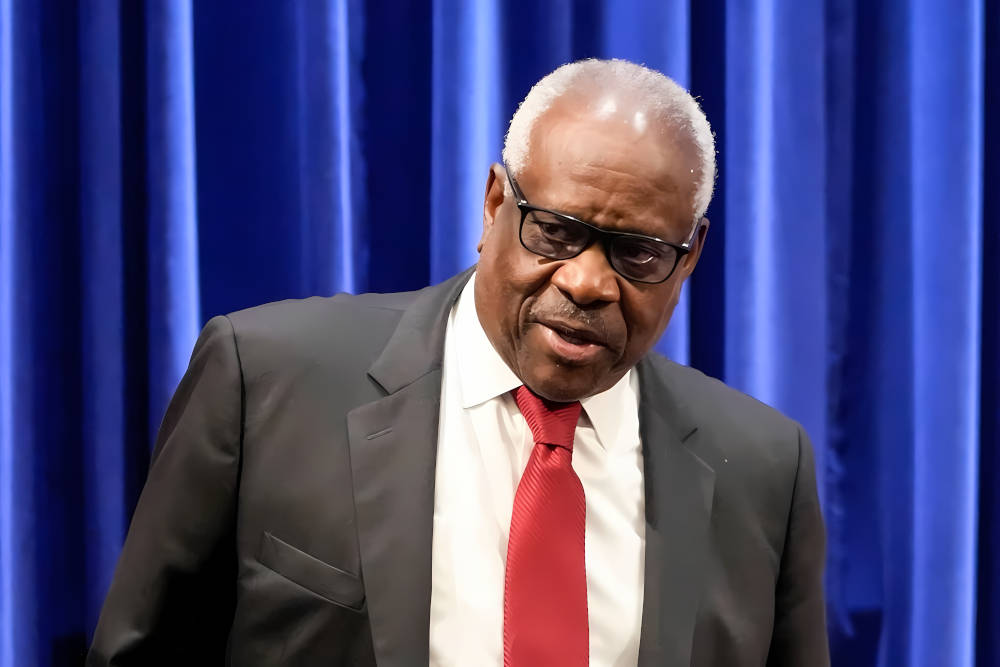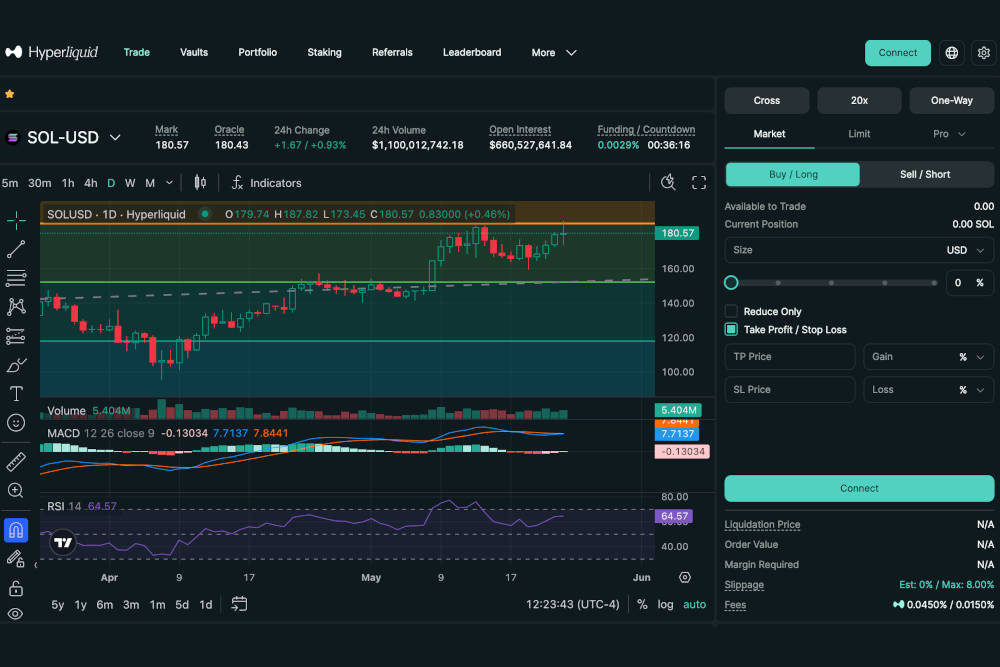
Today, conservative media is widely associated with platforms like YouTube, Rumble, podcasts, and TikTok. But the story of conservative media in America begins long before social media existed. Understanding its evolution provides insight into how conservatives built influence, shaped public opinion, and countered mainstream narratives in the decades before the digital age.
From print publications to radio and cable TV, conservative media grew from a marginalized perspective into a powerful cultural force, laying the foundation for today’s digital conservative ecosystem.
Panaprium est indépendant et pris en charge par les lecteurs. Si vous achetez quelque chose via notre lien, nous pouvons gagner une commission. Si vous le pouvez, veuillez nous soutenir sur une base mensuelle. La mise en place prend moins d'une minute et vous aurez un impact important chaque mois. Merci!
The Early Days: Print Media and the Conservative Voice
Conservative media first gained traction in the mid-20th century through newspapers, magazines, and journals.
-
National Review, founded by William F. Buckley Jr. in 1955, became the intellectual hub of conservatism.
-
Publications like The American Spectator and Human Events offered alternative perspectives to mainstream liberal outlets.
-
These outlets focused on free-market economics, limited government, anti-communism, and traditional social values.
Print media established the principle that ideas shape culture and politics, giving conservatives a platform to influence public discourse even without mass broadcast reach.
Radio: Reaching the Masses
Radio became a game-changer for conservatives in the mid-to-late 20th century.
-
Hosts like Rush Limbaugh pioneered talk radio in the 1980s, combining entertainment, news, and commentary.
-
Conservative radio allowed communities to hear perspectives often ignored by mainstream media.
-
It created a sense of connection and shared identity among listeners across regions.
Radio demonstrated that direct engagement with an audience could build loyalty and political influence, laying the groundwork for modern digital outreach.
Cable TV: The Conservative Revolution
The 1980s and 1990s saw conservative media move onto cable television, reaching millions nationwide.
-
Fox News, launched in 1996, provided a conservative alternative to network news.
-
Cable commentary shows highlighted fiscal responsibility, traditional values, and national defense, appealing to a broad audience.
-
This era legitimized conservative media as a cultural force, not just niche publications or talk shows.
Cable TV proved that control over media platforms could shape public perception and influence elections.
Think Tanks and Policy-Focused Media
Beyond news, conservatives also leveraged think tanks and specialized publications to shape policy and public debate.
-
Institutions like The Heritage Foundation, The Hoover Institution, and the Cato Institute provided research, policy proposals, and commentary.
-
Publications from think tanks educated lawmakers, journalists, and the public on economic policy, constitutional issues, and social initiatives.
-
This approach connected ideas to policy, ensuring that conservative principles informed government and law.
Think tanks demonstrated that media influence isn’t just about headlines—it’s about providing substance that shapes decisions and culture.
Local Media: The Ground-Level Influence
Conservative media wasn’t only national; local newspapers, radio stations, and community newsletters played a crucial role:
-
Local outlets promoted values-driven reporting, civic engagement, and political awareness.
-
They provided a platform for community leaders, school boards, and local government issues, often ignored by larger media.
-
By shaping local narratives, conservatives built a strong foundation for statewide and national movements.
Local media reinforced that conservatism thrives when communities are informed and engaged.
Key Lessons from Pre-Social Media Conservative Media
The evolution of conservative media before social media offers several lessons:
-
Consistency matters: A steady voice across print, radio, and cable built trust over decades.
-
Intellectual rigor strengthens influence: Thoughtful analysis, research, and commentary gave conservatives credibility.
-
Direct engagement with audiences works: Talk radio and newsletters connected communities to ideas and activism.
-
Local networks amplify impact: Local reporting and community journalism created grassroots support for national policies.
These lessons remain relevant for conservatives navigating today’s digital landscape.
Challenges Faced by Pre-Digital Conservative Media
Despite successes, early conservative media faced significant challenges:
-
Limited reach: Print circulation and radio were geographically constrained.
-
Financial sustainability: Niche publications often struggled to fund operations.
-
Mainstream opposition: Conservative outlets frequently faced skepticism or dismissal by dominant liberal media.
Overcoming these obstacles required creativity, persistence, and strong networks, lessons that digital conservatives still rely on today.
How Pre-Social Media Media Laid the Groundwork
The foundations built by early conservative media created the infrastructure for today’s digital era:
-
Loyal audiences from print and radio transitioned to cable and online platforms.
-
Intellectual frameworks provided by magazines and think tanks underpin modern commentary and policy analysis.
-
Networks of journalists, hosts, and activists created a pipeline for new conservative voices in digital media.
Without the groundwork laid by previous generations, today’s conservative media ecosystem would not exist.
Conclusion
The evolution of conservative media before social media demonstrates that ideas, persistence, and community engagement create lasting influence. From print publications and radio shows to cable TV and think tanks, conservatives built platforms that shaped public opinion, policy, and culture.
Understanding this history offers modern conservatives valuable lessons: credibility, audience engagement, local involvement, and intellectual rigor remain as crucial today as they were before the internet era.
Conservatives who study and apply these strategies can maintain influence in an ever-changing media landscape, ensuring their ideas continue to thrive in communities and across the nation.
Call to Action
To honor the legacy and strengthen conservative media today:
-
Support independent conservative publications and think tanks.
-
Engage with local media outlets to promote balanced reporting.
-
Learn from historical strategies in radio, print, and cable.
-
Build networks that connect local activism to national discourse.
-
Encourage young conservatives to create and innovate in media platforms.
By combining lessons from the past with modern technology, conservatives can ensure that their voices continue to shape America’s culture, politics, and values.
Cet article vous a-t-il été utile ? S'il vous plaît dites-nous ce que vous avez aimé ou n'avez pas aimé dans les commentaires ci-dessous.
Avertissement: Le contenu ci-dessus ne reflète pas nécessairement les opinions de Panaprium. Panaprium ne garantit ni ne cautionne le contenu ci-dessus, et n'en est en aucun cas responsable. Les opinions exprimées ici sont basées sur des expériences personnelles et ne doivent pas être considérées comme une approbation ou une garantie de résultats précis. En raison de la nature subjective de la politique, tout commentaire politique doit être interprété avec un esprit critique.
About the Author: Alex Assoune
Contre Quoi Nous Luttons
Les groupes multinationaux surproduisent des produits bon marché dans les pays les plus pauvres.
Des usines de production où les conditions s’apparentent à celles d’ateliers clandestins et qui sous-payent les travailleurs.
Des conglomérats médiatiques faisant la promotion de produits non éthiques et non durables.
De mauvais acteurs encourageant la surconsommation par un comportement inconscient.
- - - -
Heureusement, nous avons nos supporters, dont vous.
Panaprium est financé par des lecteurs comme vous qui souhaitent nous rejoindre dans notre mission visant à rendre le monde entièrement respectueux de l'environnement.
Si vous le pouvez, veuillez nous soutenir sur une base mensuelle. Cela prend moins d'une minute et vous aurez un impact important chaque mois. Merci.































0 commentaire